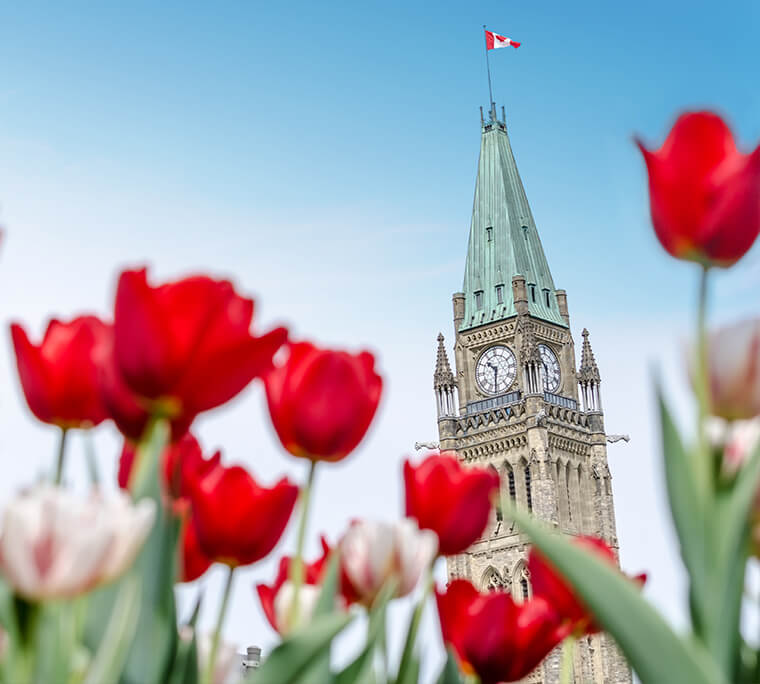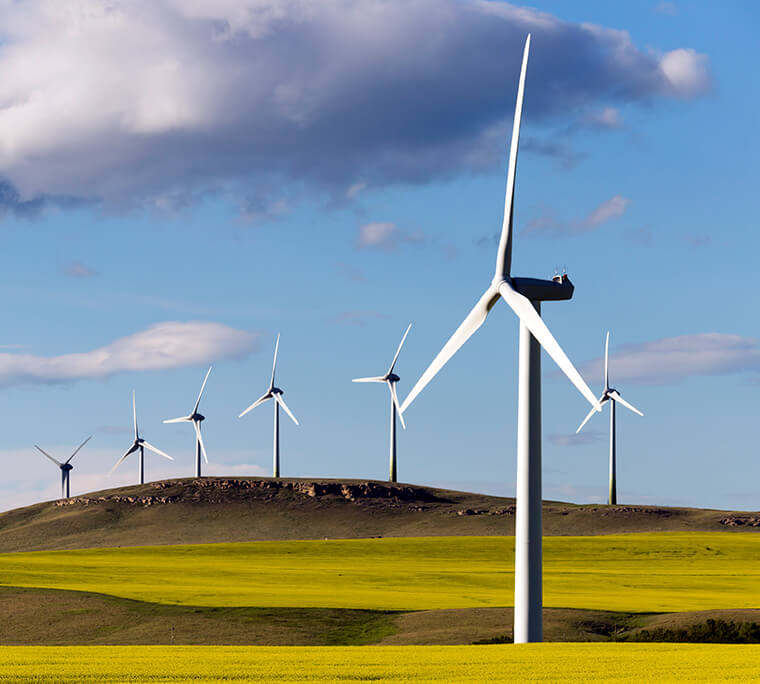
A Fiscal Plan Bound by Constraints: Our Analysis of the Alberta Budget 2024
Key Insights
- Alberta’s new fiscal framework restricts significant spending initiatives, prioritizing a balanced budget and directing surplus cash to debt repayment, savings, or one-time initiatives.
- The province is projecting modest surpluses over the next three years—falling short of previous years and factoring in $2 billion in annual contingency.
- Not surprisingly, the largest program spending increases are in health care and education although they fail to keep pace with population growth and inflation.
- Capital spending plans will drain cash reserves and add to the province’s net debt in 2024–25.
- The fiscal plan rests on a rosier economic outlook than our own, or that of other private sector forecasters. Still, revenue projections are reasonable given the budget’s modest forecast for oil prices.
Alberta set out a fiscal framework in 2023 that left little room for significant spending priorities and set the stage for this budget.
The framework outlined that the province must strive to maintain balance in each year, that year-over-year increases in operating expenses must be limited to increases in population growth and inflation, that in-year expense growth cannot exceed an agreed upon contingency, and that surplus cash must be allocated to debt repayment, savings or one-time initiatives.
The result is a budget that limits measures to meet its criteria. The government projects modest surpluses over the next three years, with $367 million planned in fiscal year 2024–25, $1.4 billion in fiscal year 25–26 and $2.6 billion in fiscal year 26–27. These surpluses do fall significantly below the last two fiscal years but include a responsible $2 billion in contingencies each year (noted to cover natural disaster costs), a reflection of the effects natural disasters have had on the province in recent years.
The fiscal framework is also making its mark on operating expenses, which are set to increase by 3.9 per cent in fiscal year 2024–25, 2.4 per cent in fiscal year 25–26 and 2.0 per cent in fiscal year 26–27. Given the province will see strong population growth over that period, and we expect inflation to settle at 2.0 per cent, this will amount to a real per-capita decrease in operating expenses.
The province forecasts revenue to decline by 2.8 per cent in fiscal year 2024–25, behind a weaker expectation for bitumen royalties, and estimates revenues will increase by 3.4 per cent in fiscal year 25–26 and 3.6 per cent in fiscal year 26–27. The revenue outlook is reasonable, especially given it is based on a modest outlook for oil prices, one below our own at The Conference Board of Canada. Most revenue increases over the next three years are expected to come from personal income taxes, which is reasonable given the province’s economic prospects remain strong, and federal transfers, which are mostly tied to already-announced funding for the Canadian Health Transfer.
Budget Surpluses Don’t Equate to More Cash
Capital spending is less constrained by the fiscal framework. This was an area of focus given the increasing demand for infrastructure, particularly due to strong population growth. The province’s capital budget is slated to increase by $1.3 billion in fiscal year 24–25 compared to last year and is expected to remain elevated through the next two fiscal years. The focus will be on health care infrastructure, schools, and support for municipal infrastructure.
The net result of the higher capital spending, coupled with modest deficits, is that while Alberta’s fiscal outlook is calling for surpluses over the next three years, the province’s cash position will be negative in each of the next three years, only $2 billion will be contributed to the Heritage Fund over that period, and the province’s debt will increase.
Program Spending Restrained, But Big Capital Plans
Alberta’s budget came with few new measures, ensuring that operating expenses will come in below inflation and population gains.
The province is planning to increase capital spending to invest in long-term infrastructure. This comes in the way of a $1.1 billion increase in capital grants in fiscal year 24–25 compared to the previous year, and by keeping spending elevated over the next three years.
To improve housing affordability, the province is also allocating $717 million over three years in capital grants ($254 million which is new to the budget) to build more affordable housing through the Alberta Affordable Housing Strategy, which will help fund 3,300 new affordable units and help complete the 1,800 units committed to previously.
In a sign the province is beginning to worry about the longer-term impact of weather-related events, the province is allocating $2 billion per year in contingencies, largely in response to disaster costs the province has faced in recent years.
Tax Relief for Low-Income Earners While Nibbling Away for Extra Revenue
The most significant budgetary measure will be a two-year phase-in of lower personal income tax rates for those earning less than $60,000 from 10 per cent to 8 per cent, though the budget makes clear that this will only happen if sufficient funding is available. This should help lower-income households, as Alberta’s personal income tax rate for lower income earners was higher than many other provinces.
As the province considers the impact of lower fuel consumption on fuel tax revenue, the government implemented an electric vehicle tax, which will cost electric vehicle owners $200 per year, and is estimated to account for $1 million in revenue in fiscal year 2024–25 and is increasing in-line with electric vehicle adoption.
Lastly, the province will increase its already low land title charges to $5 per $5000 of mortgage value, which is estimated to generate $45 million in revenue in fiscal year 2024–25.
Various other tax measures were announced, such as a Vaping Tax, which is expected to generate modest revenue but help combat the health impacts of vaping. In a similar vein, the province is also increasing taxes on tobacco.
No Room to Move on Building the Heritage Fund
Speculation circulated ahead of budget day that the provincial government would present a long-term plan to rebuild the Alberta Heritage Savings Trust Fund, which has seen its assets sink to about $21 billion. While the budget did allocate a sizeable $2 billion cash transfer to the fund in 2024–25, meagre surpluses over the coming years will offer little opportunity to reduce net debt—expected to be at $39.2 billion in 2026–27, down from $40.9 billion in 2023–24.
Although annual contingency reserves of around $2 billion, coupled with conservative projections regarding oil prices and royalty revenues, could potentially yield positive surprises, the budget refrains from committing to channeling surplus funds specifically towards debt repayment or the Heritage Fund. Alberta has lagged other oil-producing economies in building its wealth fund, while the current fiscal situation is tight, the province should endeavor to set funds aside for future generations.
Economic Optimism Drives Budget Projections
Budget 2024 is based on optimistic economic assumptions, surpassing both private sector forecasts and our own economic outlook for Alberta. The province anticipates a robust 2.9 per cent increase in GDP growth for 2024, driven by strength in business investment and household spending.
We share the view that Alberta’s economy will outperform other provinces from 2024–26 but it’s important to note that the full impact of high interest rates has yet to be realized. Our latest provincial outlook forecasts a more moderate economic expansion this year, with real GDP growing by 1.0 per cent.
This performance, however, masks the reality that growth will be fueled by the province’s rising population and that, on a per capita basis, we expect real GDP will retreat until 2025.
In the coming months, Albertans are likely to continue feeling the effects of inflation and high borrowing costs. Poor capital spending intentions will also hinder business investment outside of the oil and gas sector, hurting the province’s economy until potential rate cuts materialize in the third quarter.
On a positive note, The Conference Board oil price forecast offers a significant boon for Budget 2024. With a more optimistic view regarding U.S. oil prices, this could translate to approximately $3.3 billion in additional royalties based on the budget’s oil price sensitivities.










Comments